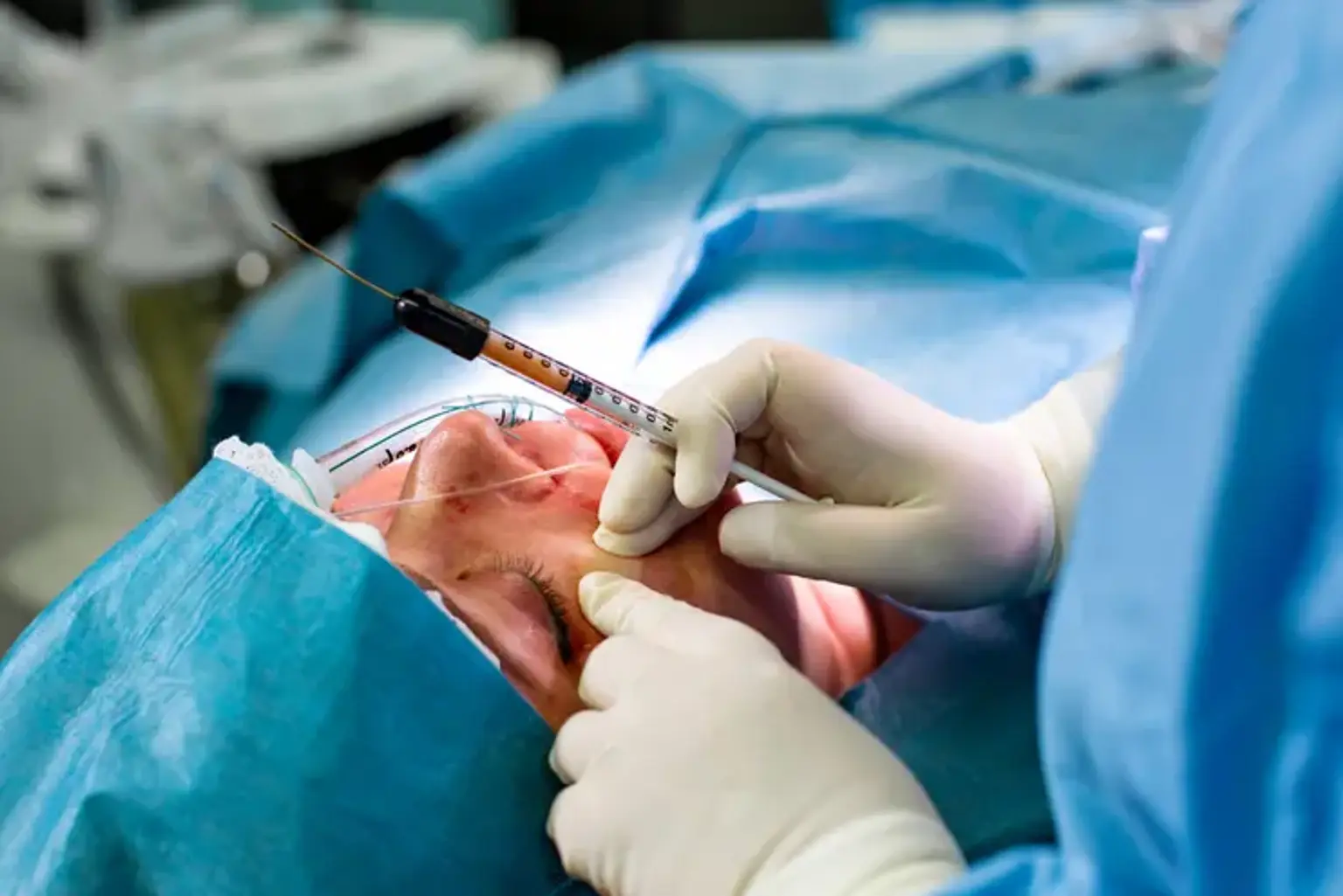Introduction
The passage of time leaves visible marks on the face, with the under-eye area often being one of the first to reveal signs of aging. Hollowing, dark circles, and under-eye bags can make individuals appear tired and older than they feel. Restoring a youthful appearance in middle age requires addressing these challenges effectively, and under-eye fat repositioning has emerged as a transformative solution. This advanced procedure offers natural-looking results by redistributing fat to smooth hollows, reduce puffiness, and rejuvenate the eye area.
In recent years, Korea has solidified its reputation as a global leader in cosmetic surgery, with under-eye fat repositioning gaining immense popularity among domestic and international patients. This article delves into the science, benefits, and appeal of this procedure, particularly for those in their middle-age years seeking a refreshed, youthful look.
Understanding Under-Eye Aging
Aging impacts the skin and underlying structures of the face, and the under-eye area is no exception. Over time, the delicate skin in this region becomes thinner, and the fat pads that provide youthful fullness can shift or diminish. This leads to hollows, known as tear troughs, and the prominence of under-eye bags. Combined with changes in collagen production and skin elasticity, the result is a tired and aged appearance.
Dark circles, often exacerbated by the shadowing effect of hollowing, further contribute to the problem. While makeup and skincare products can offer temporary solutions, they fail to address the root causes. For those seeking long-term results, under-eye fat repositioning provides an effective solution by directly targeting volume loss and fat pad displacement.
